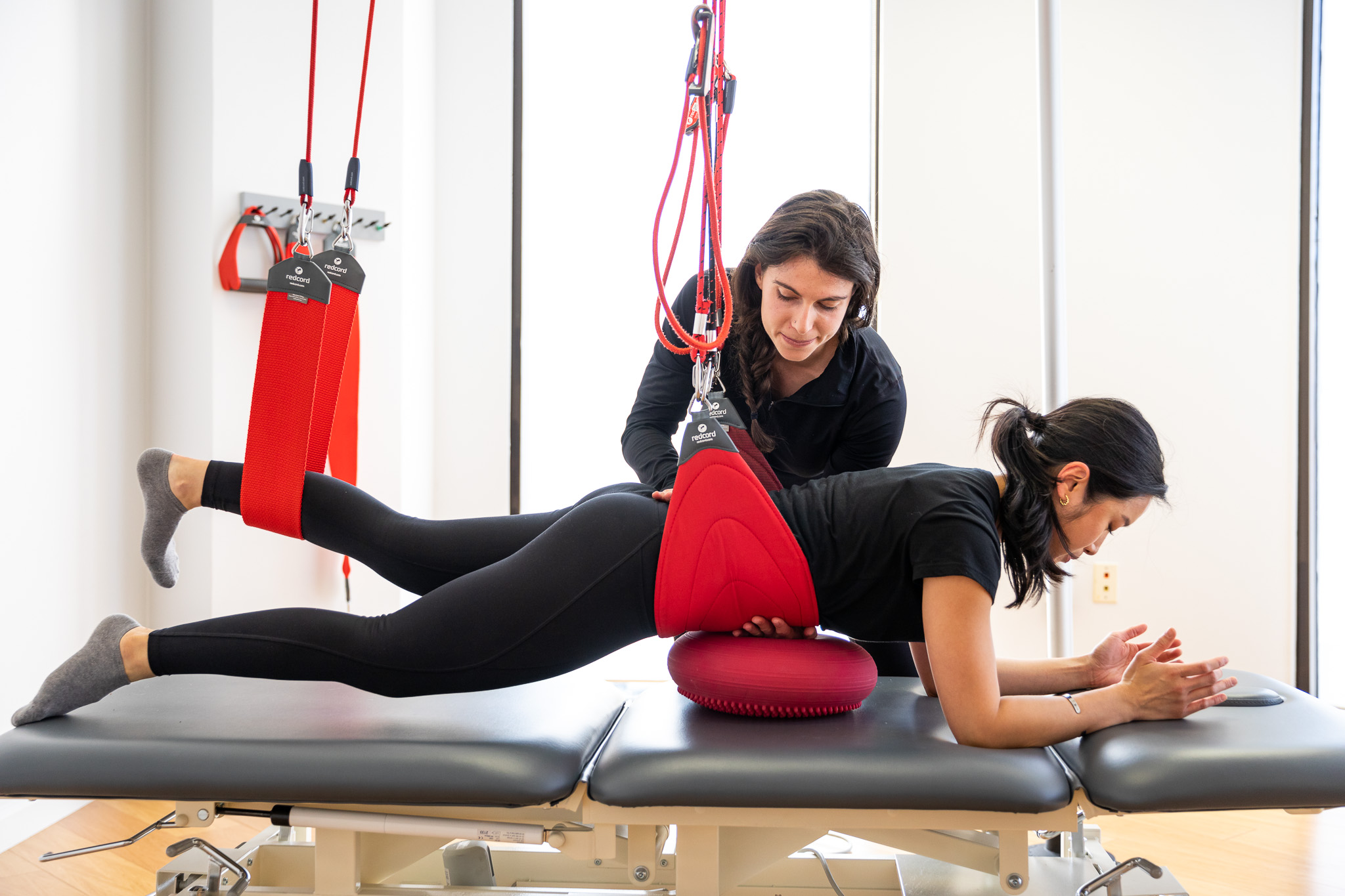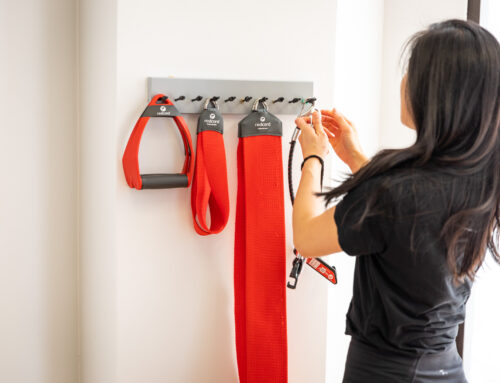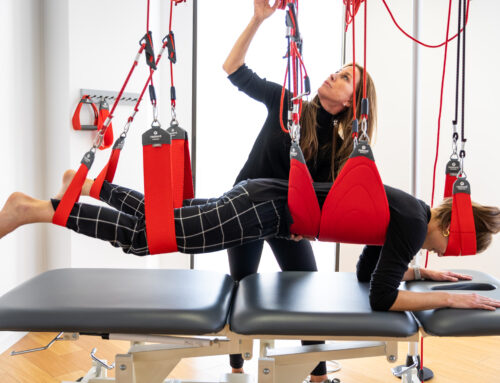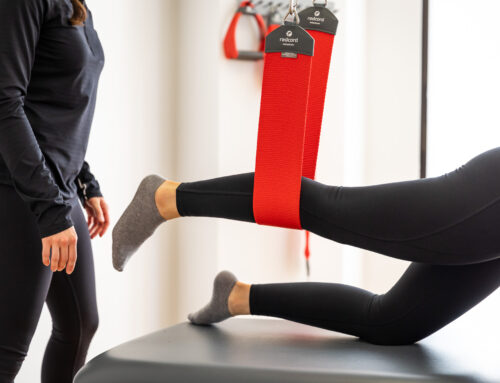Purpose: The purpose of this study is to evaluate differences in trunk muscle activity after 4 weeks of trunk stabilization exercises performed under expiration and inspiration conditions.
Subjects and Methods: Thirty subjects were assigned randomly to an expiration group (n=15) or an inspiration group (n=15). The outcomes measured were magnitude of muscle activation (rectus abdominis, multifidus, internal oblique and external oblique) in the bridge position and performance on a trunk muscle endurance test. Paired t-tests were used to assess the statistical significance of the effects of the trunk stabilization exercise program within each group.
Results: Comparison of the electromyography activity of the trunk muscles revealed a significant increase in internal oblique activation in the inspiration group, and a significant increase in multifidus activation in the expiration group. Assessment of the endurance of the trunk muscles revealed a significant increase in both groups.
Conclusion: Our results showed that expiration during trunk stabilization exercises increased the activity of the multifidus muscle, while inspiration enhanced the activity of the internal oblique muscle.
Different types of respiration seem to differentially affect trunk muscles during trunk stabilization exercises.
Key words: Expiration, Inspiration, Trunk stabilization exercise





